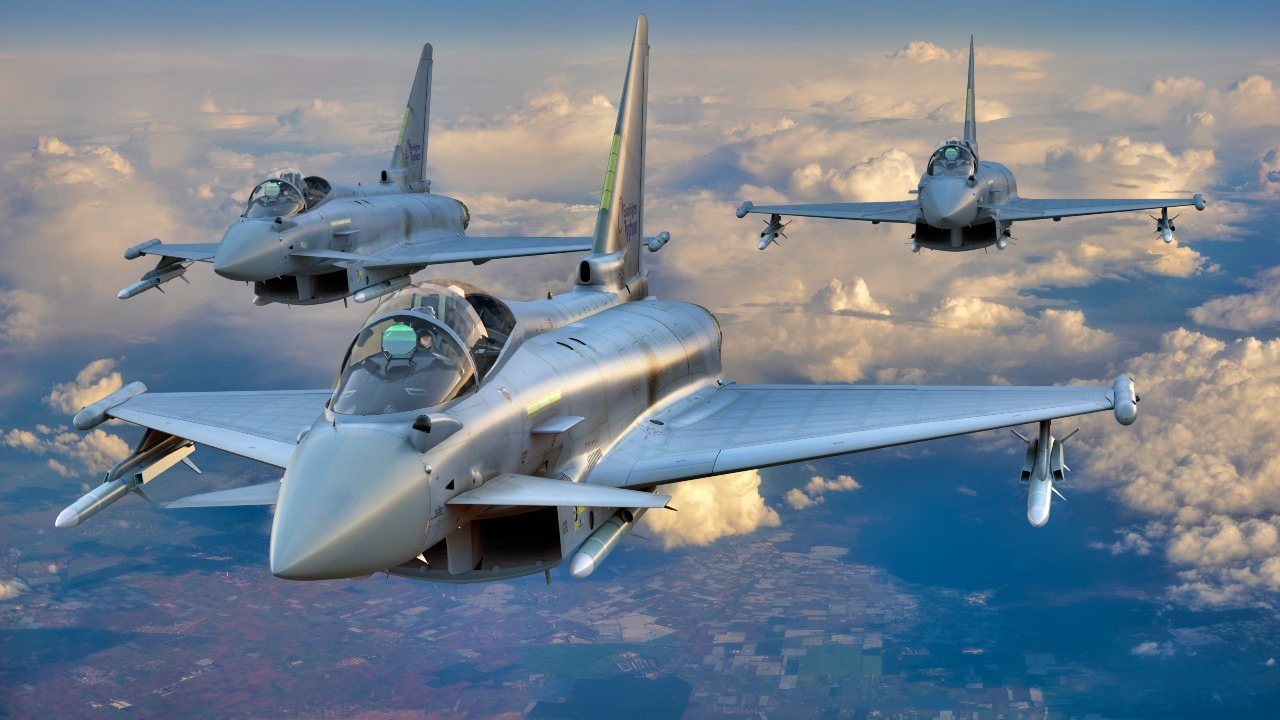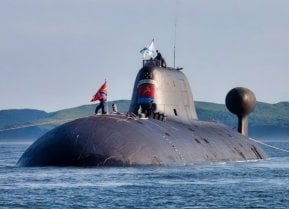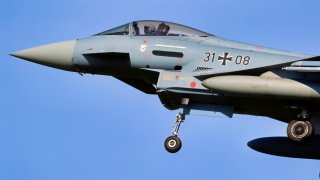The Head of NATO Just Got in the Cockpit of a Eurofighter Typhoon
NATO Secretary General Jens Stoltenberg recently piloted a German Eurofighter Typhoon during his visit to the Tactical Air Wing at Laage Air Base, emphasizing the base's role in training elite pilots and supporting air policing missions.
Summary: NATO Secretary General Jens Stoltenberg recently piloted a German Eurofighter Typhoon during his visit to the Tactical Air Wing at Laage Air Base, emphasizing the base's role in training elite pilots and supporting air policing missions.
-Stoltenberg praised Germany for its substantial support to Ukraine, highlighting the delivery of an additional Patriot missile system.
-The visit underscores the Eurofighter Typhoon's importance in European defense, known for its advanced technology and significant capabilities in air combat, including stealth features and powerful armaments.
NATO Leader Takes Flight in Eurofighter Typhoon, Commends Germany's Support to Ukraine
Military leaders are expected to be in a briefing room, not in the cockpit of a combat aircraft. Yet, last week, NATO Secretary General Jens Stoltenberg took to the skies while seated in the cockpit of a German Eurofighter Typhoon as part of his visit to the Tactical Air Wing at Laage Air Base near Rostock.
Stoltenberg described his flight in the Typhoon trainer as "a great experience," and added the Laage Airbase is "important for NATO, because what they do from here is to educate the best pilots in the world and also to support the different air policing missions, which is important in a more challenging security environment."
During his press conference with Lieutenant General Ingo Gerhartz, Chief of the German Air Force, Secretary Stoltenberg also thanked Germany for its crucial role in supporting Ukraine, as the country's biggest military donor in Europe. He also welcomed Germany's decision to deliver an additional Patriot to Ukraine.
Stoltenberg was provided the opportunity to fly in a Typhoon trainer, and likely was never given control of the aircraft. It is unclear whether the flight was planned well in advance, but it came just weeks after U.S. Air Force Secretary Frank Kendall announced he would fly in an autonomously-piloted F-16 later this year.
The Eurofighter Typhoon – Defending Europe's Skies
The Eurofighter Typhoon remains one of the defenders of the skies over Europe – a role it was designed specifically to fill. Development of the Typhoon began in 1986, with the establishment of the Eurofighter consortium that involved the three countries – Germany, Italy, and the UK – that had worked to develop the Panavia Tornado. Those nations were later joined by Spain, while France had also been an early partner in the European Fighter Aircraft (EFA) before Paris elected to pursue its own program that resulted in the development of the Dassault Rafale.

Early work on the EFA project had actually defined the basic concepts for the future Eurofighter Typhoon, including canard foreplanes, active digital fly-by-wire controls, extensive use of carbon fiber composites and other advanced materials, a hands-on throttle and stick (HOTAS) cockpit, advanced avionics, multi-function cockpit displays and direct voice command input. Many of the technologies had been tested using a full-scale demonstrator, the British Aerospace (BAe) EAP (Experimental Aircraft Programme). Seven prototypes were produced, the Typhoon made its maiden flight in March 1994.
The twin-engine Typhoon features a canard-delta wing and an airframe constructed mostly from composite materials that are 30% lighter than traditional aircraft materials. Just 15 percent of its surface is metal, making it difficult – albeit not impossible – to detect by radar. The fighter is powered by twin Eurojet EJ200 engines, which each utilize a single-stage turbine driving a three-stage fan and five-stage compressor with annular combustion with vaporizing burners, and can provide 90 kN of thrust – with a maximum speed of Mach 1.8 The engines can log up to 1,200 flying hours before requiring unscheduled maintenance. It enabled cruise at supersonic speeds without afterburning. The Typhoon also employed a deliberately unstable aerodynamic configuration that provided superior maneuverability at subsonic speeds as well as efficient supersonic capability.

The Eurofighter Typhoon is a well-armed warbird, equipped with an internal 27mm Mauser cannon and can carry a variety of ordnance including ASRAAM and AIM-120 AMRAAM air-to-air missiles, as well as Storm Shadow and Brimstone air-to-ground missiles.
Author Experience and Expertise: Peter Suciu
Peter Suciu is a Michigan-based writer. He has contributed to more than four dozen magazines, newspapers, and websites with over 3,200 published pieces over a twenty-year career in journalism. He regularly writes about military hardware, firearms history, cybersecurity, politics, and international affairs. Peter is also a Contributing Writer for Forbes and Clearance Jobs. You can follow him on Twitter: @PeterSuciu. You can email the author: [email protected].
Image Credit: Shutterstock.


